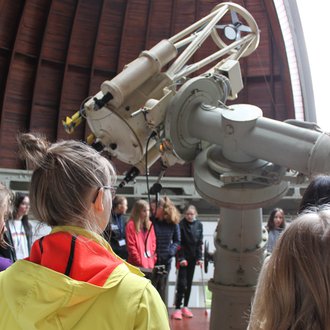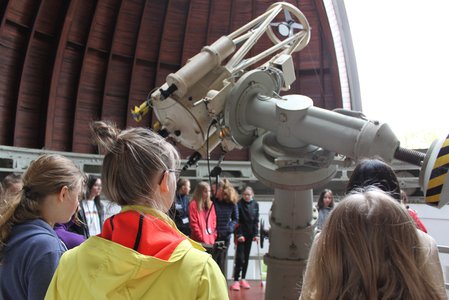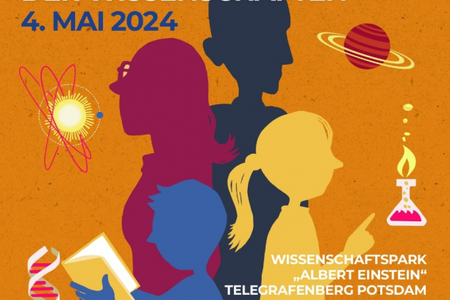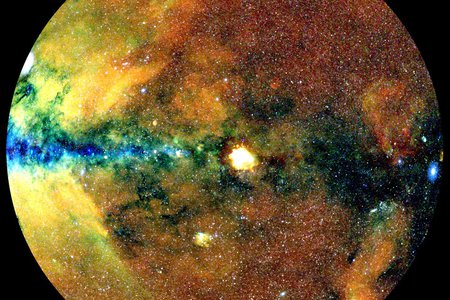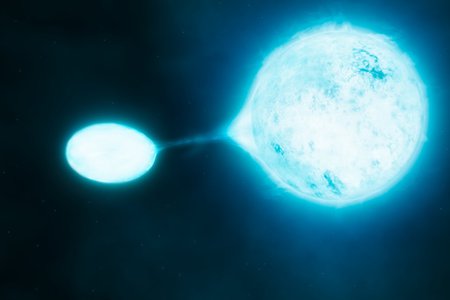Virtual Girls' Day 2021
On 22 April, 2021, the Girls' Day will take place once again. On this nationwide day of action, female students from the 5th grade onwards have the opportunity to gain insight into occupational fields in which women are underrepresented. The Leibniz Institute for Astrophysics Potsdam (AIP) opens its doors, this time virtually, on this day.
The girls, aged between 12 and 16, learn about the everyday work of an astrophysicist and find out more about working at a research institute in an online conference. AIP scientists talk about their career path toward professorship and explain how scientists work. Afterwards, they answer the questions of the schoolgirls. The participants will also learn more about how astronomical colour images are created and, in a demonstration, get to know a programme with which they can create these images themselves from publicly available data.
The event, which is limited to twenty participants, was fully booked after a short time.
Programme
09:00 – 09:30
Welcome & Introduction (Dr Janine Fohlmeister, Dr Kristin Riebe, Sarah Hönig)
09:30 – 11:00
Girls' Day Livestream
11:00 – 11:10 a.m.
Break
11:10 – 12:00
How do I become a professor? (Professor Katja Poppenhäger)
12:00 – 12:30
Lunch break
12:30 – 13:15
Colour images in astronomy (Anika Beer)
13:15 – 14:00
Joint Escape Game (optional) (Anika Beer, Dr Kristin Riebe, Sarah Hönig)
How do I become a professor? (Katja Poppenhäger)
And what do I actually do all day? Katja Poppenhäger shows what a professor in astrophysics does and what the path there looks like. From school to an international research career, from the first idea to a big research project, and from breakfast to the end of the day – here is a direct insight into life as a scientist. There will be time for questions at the end of the lecture.
Colour Images in Astronomy (Anika Beer)
Astronomy is often characterised by fascinating, colourful images. But do these objects in our universe really look like that? How do these images come about and what can they tell us scientifically? In addition to a few basics, this part also introduces a small programme with which anyone can create their own astronomical colour images at home.
Further information
Images
Girls' Day at AIP.
